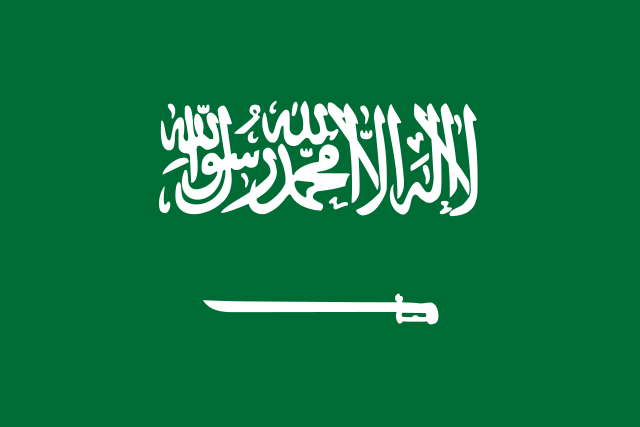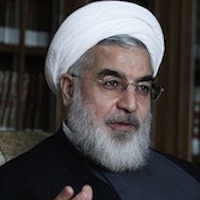The royal reshuffle in Saudi Arabia announced overnight is surprising and politically significant.
For one thing, it means King Salman will be the last of the sons of founding King Abdulaziz Ibn Saud to rule. He will be succeeded by Interior Minister Prince Mohammed bin Nayef, age 55, the king’s nephew. In the role of backup, or successor to the Crown Prince, the king named his 30-year-old son (and the Defense Minister) Prince Mohammed bin Salman as the new heir-to-the-heir. Also the Foreign Minister has resigned (after 40 years in office) for “health” reasons and been replaced by the Ambassador to the US, who isn’t even a royal — which is a first in the country’s history.
For another, it raises questions about what happened with the transition that only just occurred. The Allegiance Council had ratified the pre-designated Crown Prince and voted on the 2nd in line just a couple months ago, with much fanfare about a smooth and consensus-oriented transition. Now they’ve suddenly voted out both, moving the King’s nephew into the hot seat and the King’s son into the 2nd spot.
Maybe they wanted to move faster on kicking power down a generation, to match developments in the royal families of Qatar and the UAE. But there’s a lot of speculation that the ex-Crown Prince had strongly opposed the King’s war in Yemen, which is going poorly under the direction of the King’s son at the Defense Ministry. This consolidates the royals behind the terrible policy the King is currently pursuing.







 But my analysis centered more narrowly on the role that calmer and reframed rhetoric could play in tamping down tensions and climbing “Iran back down off the ledge” that Rouhani’s predecessor Ahmadinejad had helped put it on. Careful and precise political communication, as I suggested then that it could, was indeed able to transcend some of the official political landscape (at home and abroad) and bring the powers and Iran close enough together to find a way toward a deal.
But my analysis centered more narrowly on the role that calmer and reframed rhetoric could play in tamping down tensions and climbing “Iran back down off the ledge” that Rouhani’s predecessor Ahmadinejad had helped put it on. Careful and precise political communication, as I suggested then that it could, was indeed able to transcend some of the official political landscape (at home and abroad) and bring the powers and Iran close enough together to find a way toward a deal. 


